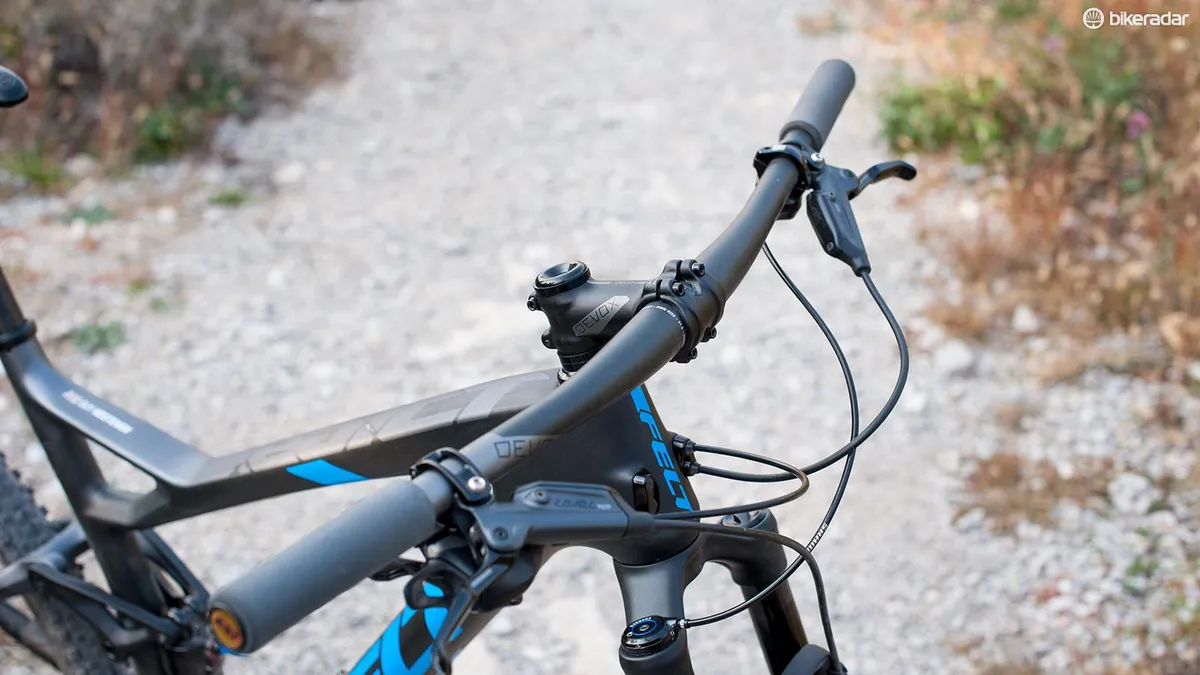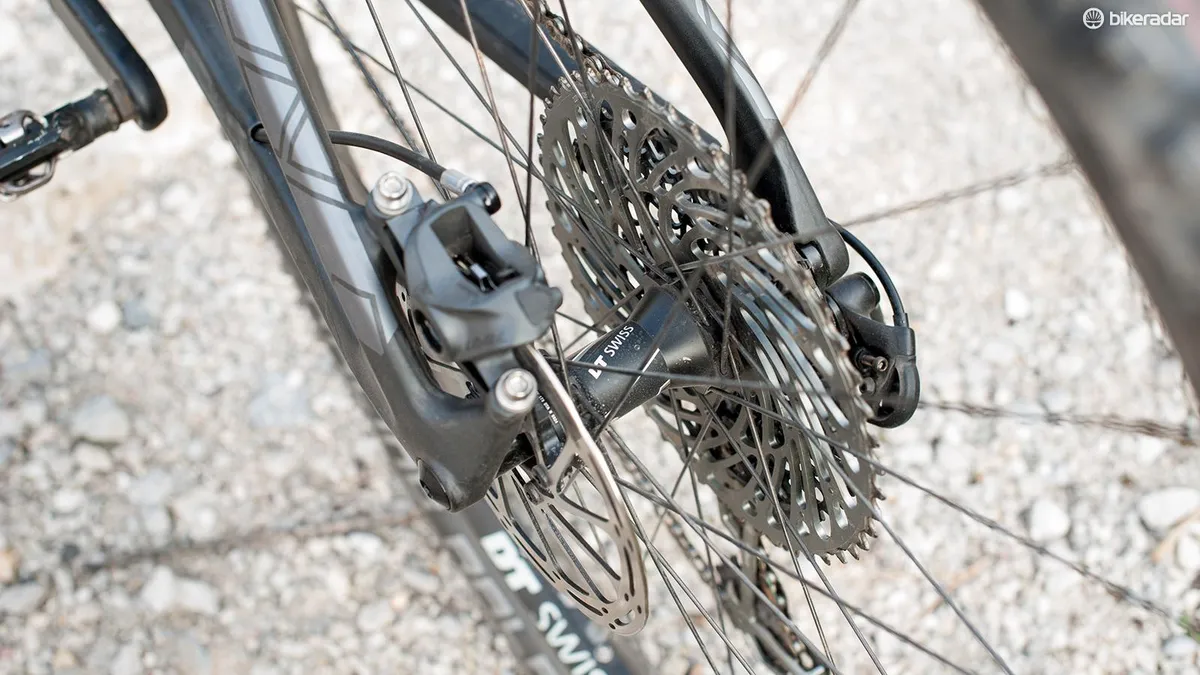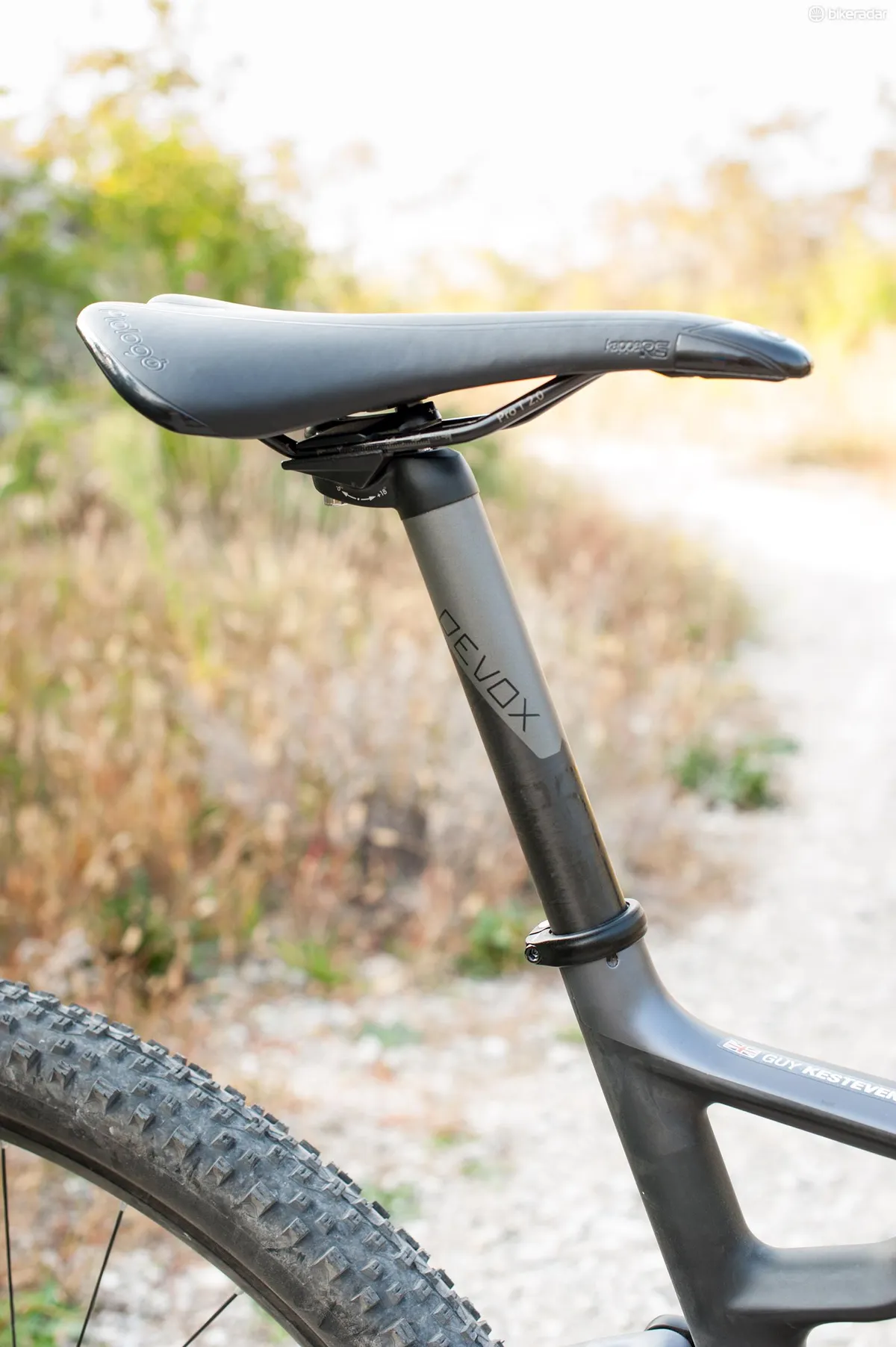Felt's Edict was already a great, if undersung, race bike. Now it's lighter, much stiffer, better controlled and faster.
Head angles that start with a seven, travel that only just reaches triple figures and fixed seatposts as standard spec aren't fashionable these days — not even in cross-country racing. Felt's second generation Edict proves that sheer speed never goes out of style and if blitzing the trails on a laser-accurate lightweight with traction and poise to spare is your bag, then this is one of the best high-velocity weapons we've ridden.
Felt Edict 1 highlights
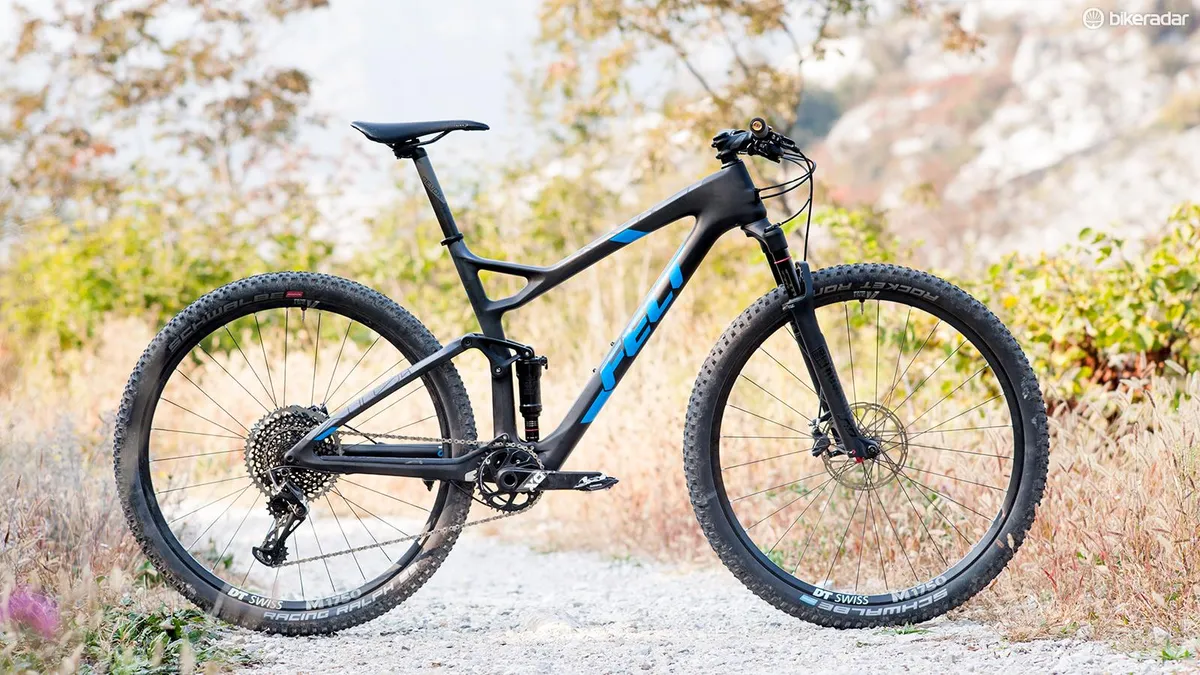
- InsideOut Modular Monocoque Carbon construction
- RockShox SID RL remote fork
- RockShox Deluxe RT3 rear shock
- Travel 100/100mm
- SRAM X01 Eagle 12-speed
- DT Swiss M1750 wheels with Schwalbe Rocket Ron EVO SnakeSkin Addix SpeedGrip and Racing Ralph EVO SnakeSkin Addix Speed 29x2.25in tyres
- SRAM Level TLM brakes with 180-160mm rotors
- Frame and shock weight 2,125g (medium)
- Bike weight (large without pedals) 11.18kg/24.7lb
With a third place at the XC World Championships under Thomas Litscher only a month ago, the original Felt Edict was still a competitive machine, despite being on the circuit since 2011.
Litscher came to the Felt team late in the season and prototypes of the new machine were already out in the field picking up prestigious results. These included a 3rd in the Cape Epic stage race and victory at the Roc D'Azur Marathon with Swiss rider Nicola Rohrbach and total domination of the US epic scene (Aspen Fifty, Park City P2P, Leadville 100) as the race weapon of Larissa Connors who’s won every race she’s started this season.
The fact that Larissa is also the wife of Felt’s lead suspension designer Brendan Connor gives a very direct development relationship that has birthed a distinctively stiff tracking, yet supple riding machine with boosted longevity features that make it ideal for epic distance races or rides.
Frame features
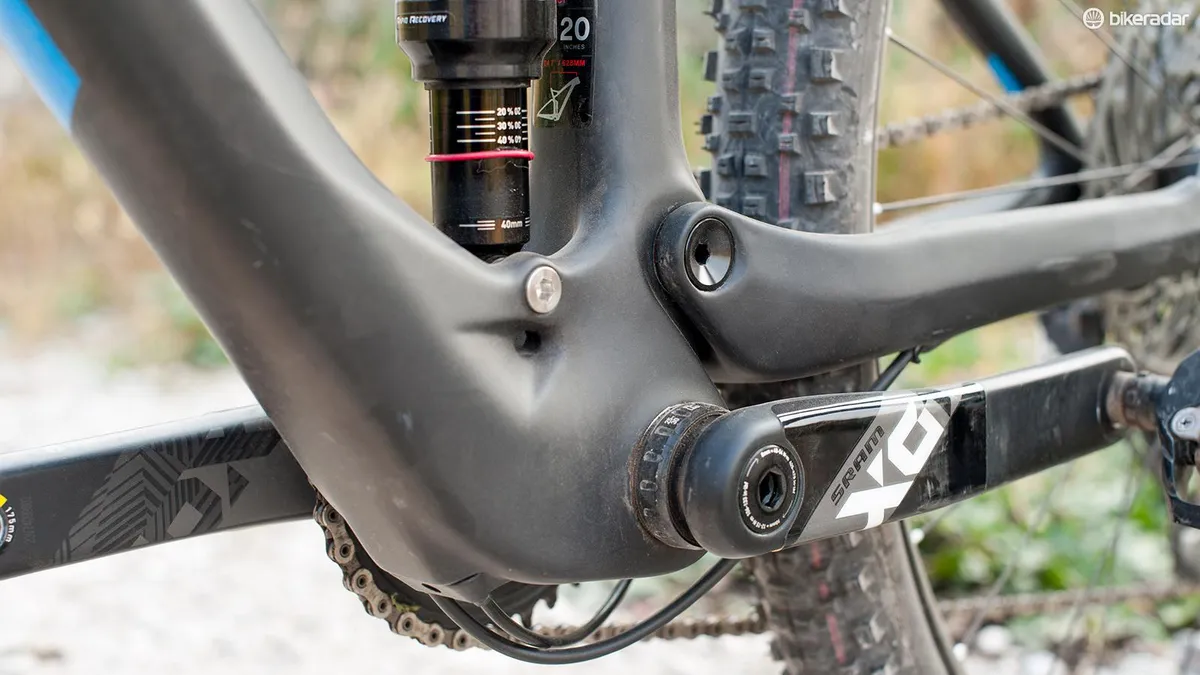
Felt’s new Edict has actually been on the circuit for a year slaying the euro marathon scene with Swiss rider Nicola Rohrbach and the US epic race scene under Larissa Connors. However, because the basic layout is little different to its predecessor few people have noticed, but get up close and hang it on the scales and things are very different.
At 1,925g for a medium frame with shock (but not rear axle) the FRD flagship chassis is 450g lighter than the previous bike. That puts it on par with most start line adversaries (Spark RC is 1,779g claimed with hardware, Specialized Epic S-Works is 1,900g claimed). The more affordable Edict 1 (tested here), 3 and 5 use a 2,125g frame that’s still ballpark light too and again comparable with the mid-range race offerings from other brands.
Despite the lost weight using different lay ups, a single pivot with wider main pivot, through fibre shock mount and Boost back end makes the Edict far stiffer (20 percent stiffer through the rear axle and 24 percent through the head tube according to results through the German EFBE lab) too.
The wider rear end gives room for up to 2.4in 29er tyres and 38t round rings for high torque racers. It’s 14mm shorter too, combining with a revised carbon construct for Felt’s Active Seat Stay flex rather than pivot system to make for a more reactive suspension structure.
Felt has specced bearings rather than bushes in the base of the RockShox Metric shock to reduce breakaway pressure even further.
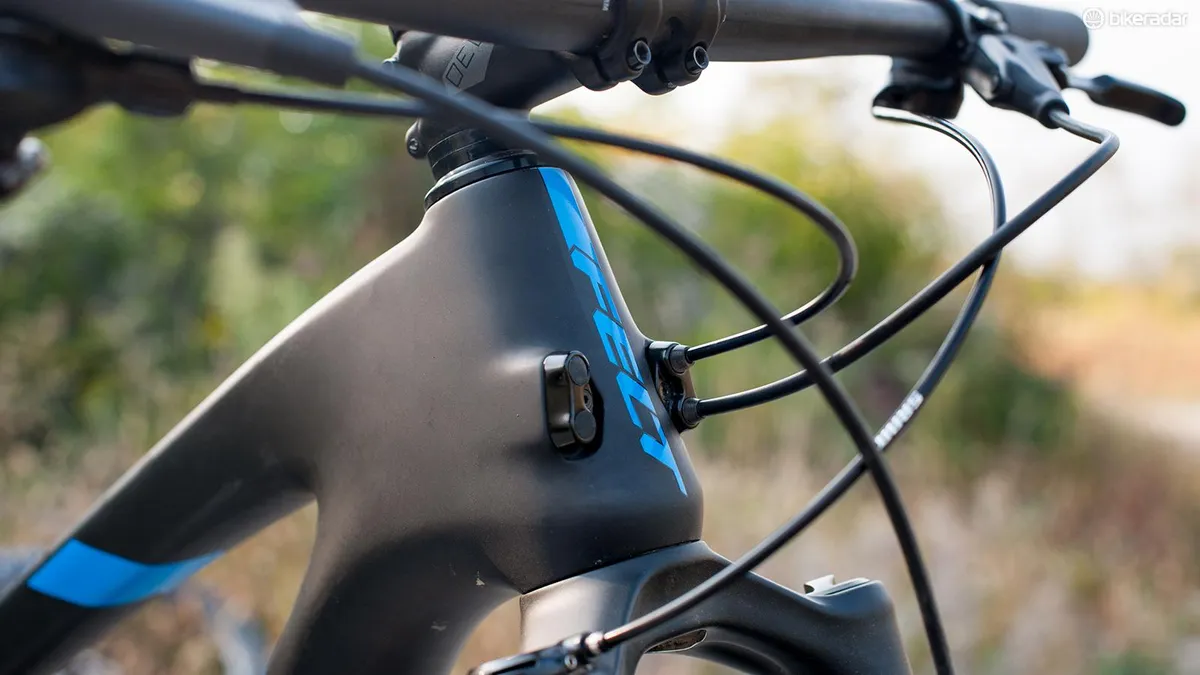
Geometry is also changed with 15mm longer reach and a 1.3-degree steeper seat angle (74.3) to keep up with fast fashion. Even with a 1.5-degree slacker head angle steering is still very keen at 70 degrees on the FRD and 1 models, which use a 100mm fork. Edict 3 and 5 get a 120mm fork and slightly more stable 69-degree head angle though.
While all bikes come with fixed posts, the frames are fully internal dropper post compatible with a top chain guide as standard. Stainless steel anti-chainsuck armour and a threaded bottom bracket add durability that its epic race audience will really appreciate.
It’s also Di2 battery/wiring and remote control shock compatible with the latter feature coming as standard on the FRD flagship.
The build
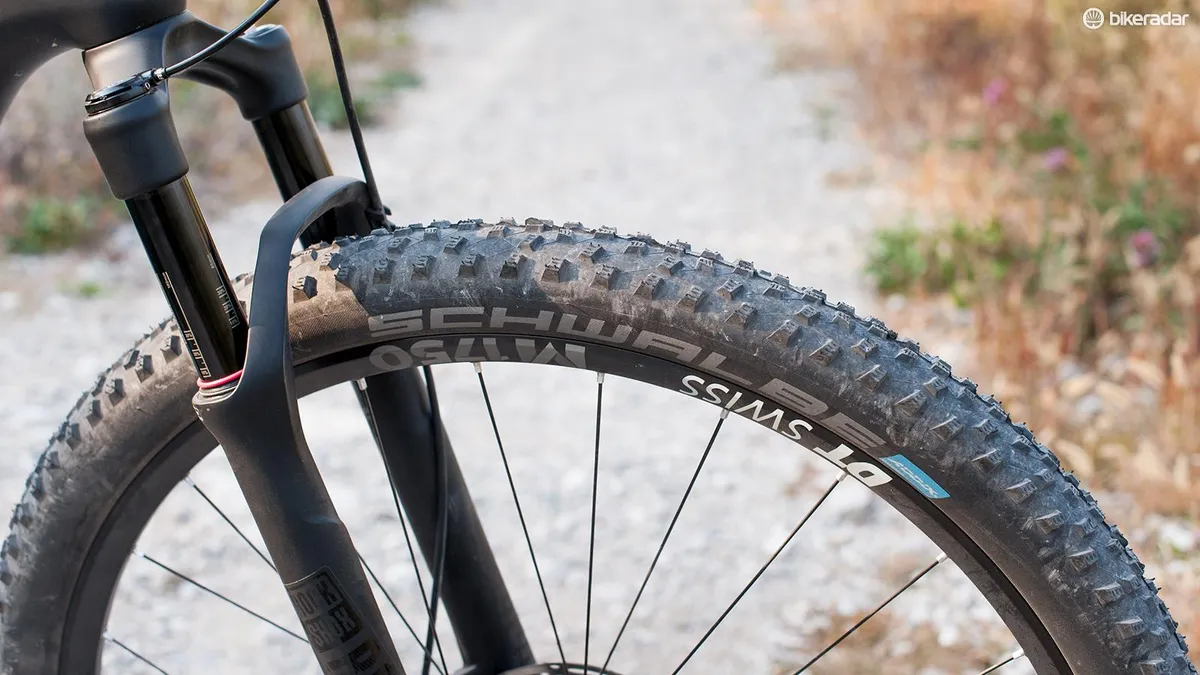
The Edict 1 we tested at the launch in Garda is the second tier bike below the FRD flagship. That means it gets the heavier carbon lay-up and it's painted, rather than naked carbon with water transfers, which adds more chassis weight. The massive 10-50t cassette means SRAM Eagle X01 isn't the lightest groupset, and SRAM Level TLM brakes are mid-weight once you factor in the 180mm rotor.
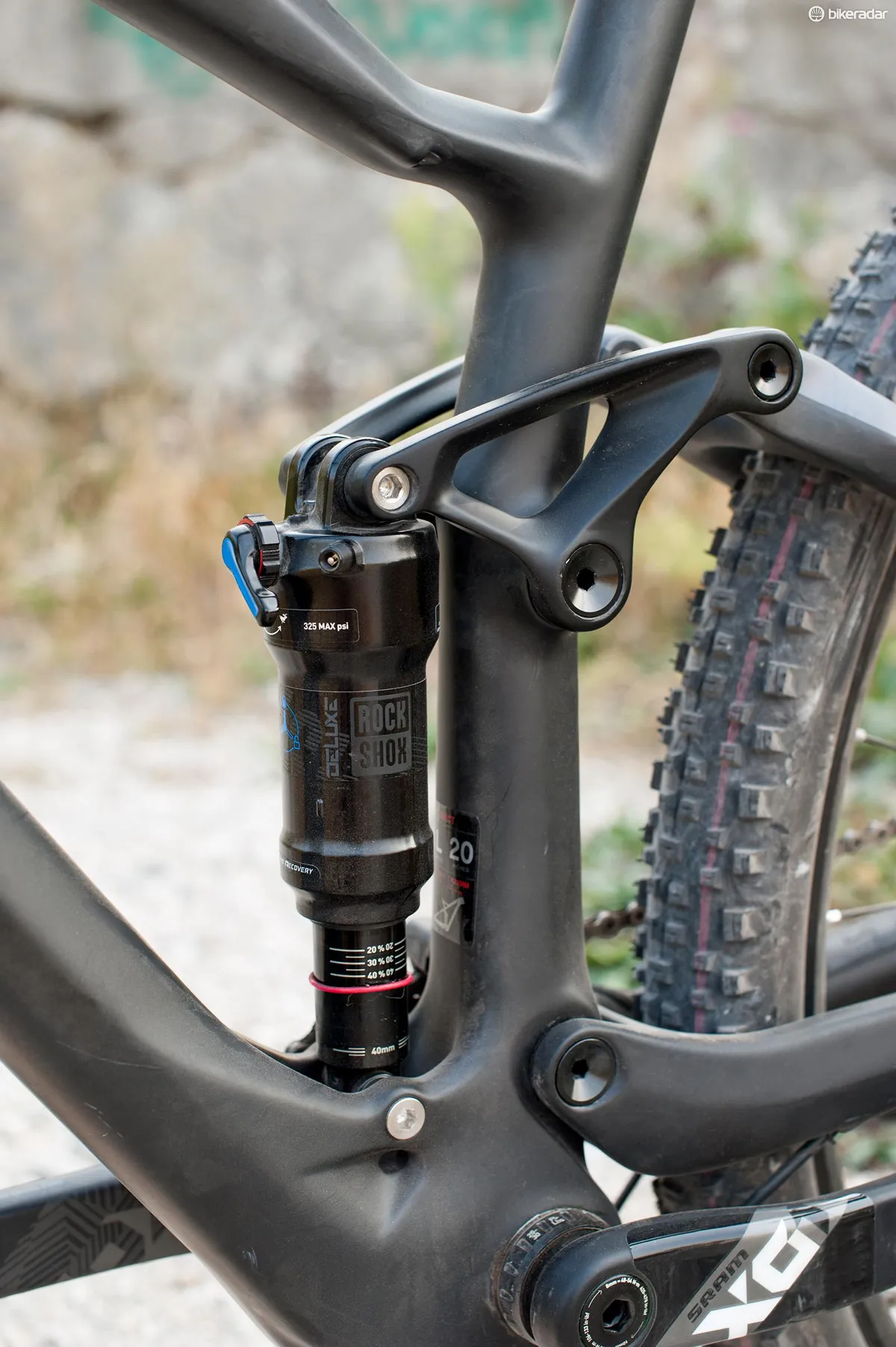
What they all deliver though is tons of tough trail-proof control and a massive gear range with crawler options for the last climb of the day/race, even if you take advantage of the Edict's clearance for a maximum 38t (36t asymmetric) ring size.
The 25mm-wide DT Swiss M1750 wheels also prioritise tight and accurate performance, rather than featherweight flex. Devox carbon post and 720mm flat bar are definitely XC, rather than trail items though, even if the stem is relatively short for XC at 70mm. The Schwalbe Rocket Ron Addix SpeedGrip and Racing Ralph Addix Speed are fast rather than fangy by nature, and US bikes will come with the classic Ikon race tyre front and rear. The 100mm Rock Shox SID fork also gets a remote handlebar lockout for smooth climbing or sprinting speed.
The ride
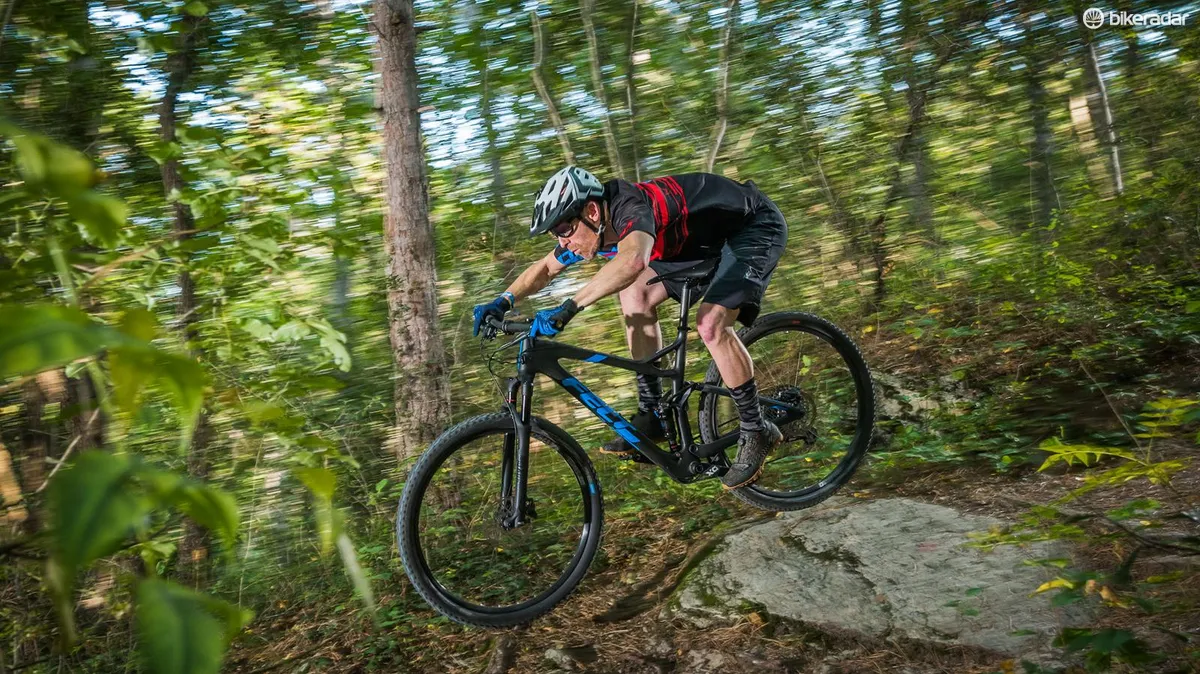
At 11.18kg/24.7lb for a large, with a semi slick rear tyre it's no surprise that the Edict 1 picks up speed with arrogant ease. What impresses straight away is the balance of obvious power transfer stiffness but sticky traction even on the loose scree of northern Italy.
Whether you're twisting the ESI silicon foam grips to lock your legs down and max your wattage in the saddle, or you're dancing on the pedals, the Edict has a resolutely connected ride feel that makes technical climbs a killing field.
The revised FAST lay up naturally centres the bike around the sag point, too. So you generally hover around the most efficient pedaling position even with the compression damping lever wide open. The light tune, bearing mounted shock and a higher leverage ratio than the previous Edict means the shock isn't shy about using travel when it needs to suck up a bigger hit or catch a landing.
There's enough subtlety to keep hands and back ache free even on constant percussion trails.
It’s back onto its toes straight away afterwards to either dance out of trouble or weather the next flurry of blows in a cockily confident manner. With the potential to fit a 2.4in tyre and jack fork travel up to 120mm, there's more impact control to be had relatively easily, too.
The Edict certainly isn’t alone among short travel race bikes in carrying a surprising amount of straight-line speed through rough sections. Where it really stands out is its excellent tracking accuracy.
While we can't exactly confirm the EFBE lab numbers that put it significantly ahead of obvious competitors on the measuring slab, there's no doubt this is a very stiff bike, even in chunky trail machine terms.
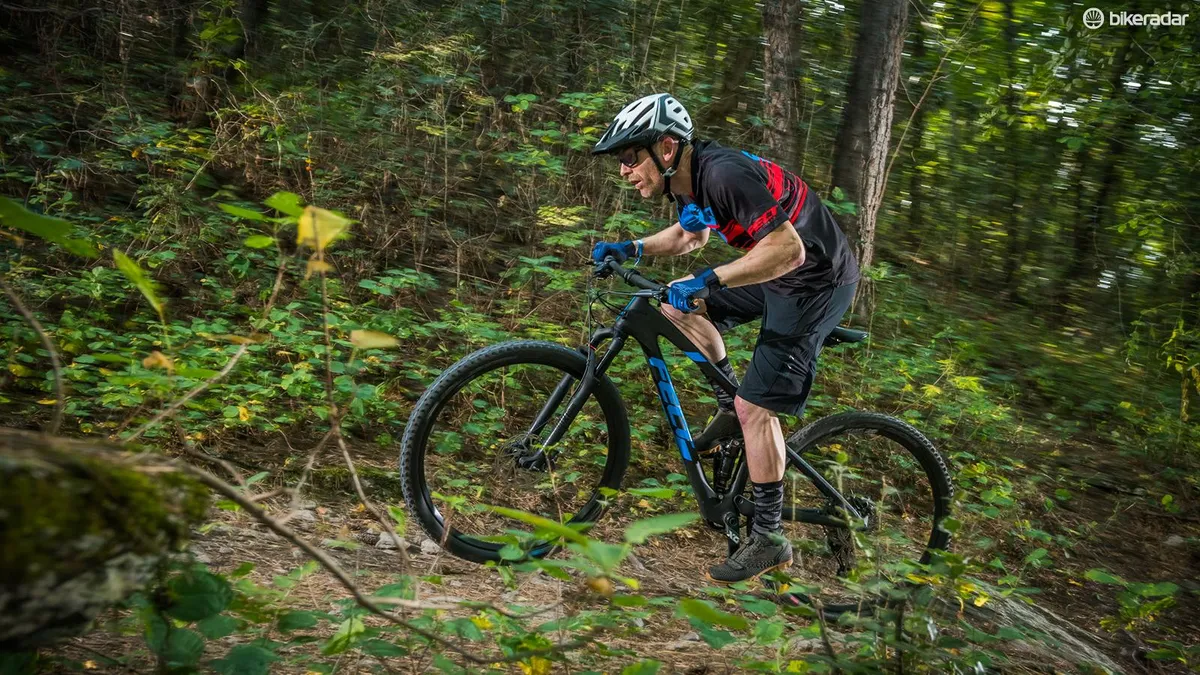
The resulting clarity of information you're getting from all the contact points as the Edict moves around on loose rock under braking or you charge into a corner feeling for grip makes a massive difference to how fast you feel comfortable attacking the trail. The levels of trust in what you’re being told make it much easier to ride consistently hard and come out smiling with a 70-degree head angle than on slacker and theoretically more capable but treacherously flexy bikes we've ridden that hold the front wheel like a kid with chopsticks.
The Charger damper in the fork and the Deluxe rear shock also provide a super balanced, sag to 60% centred ride that’s great for hopping, popping or driving the tyres hard through corners on. This all means that with the seat dropped we were more than happy to properly push the Felt hard on toothier, techier descents relying on accuracy and agility to survive, rather than the anaesthetic of slack centring angles and soggy suspension feel.
We'd definitely be tempted to sneak a wider bar and a short-stroke dropper post onto it to really fulfil it's obvious flat-out attack potential, even if we were racing. Then again, we can also see why Felt didn't do that, as the default set up when you look at obvious adversaries like the Specialized Epic, Trek Top Fuel, Scott Spark RC and Giant's Anthem.
The fact we finished two days of test riding wanting to both thrash it down the most technical trails on the test loop until we were timed out, but also wanting to go home, shave our legs and spend the winter months smashing through a Team America training montage ready to explode onto the XC scene (however delusional those thoughts may be) is the real takeaway of our initial experience on the Edict.
Early verdict
This is a really well-designed, distinctively stiff, but grippy and forgiving machine that wants to go very fast and even more importantly, makes the rider want to go really damn fast. The fact that it enables them to do it better than the majority of XC bikes we've ridden means Felt have a real contender on their roster and we can't wait for our next opportunity to ride it.
